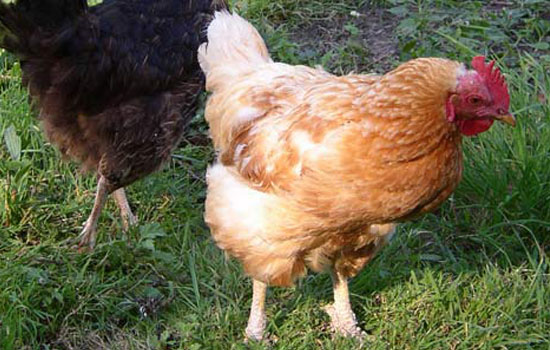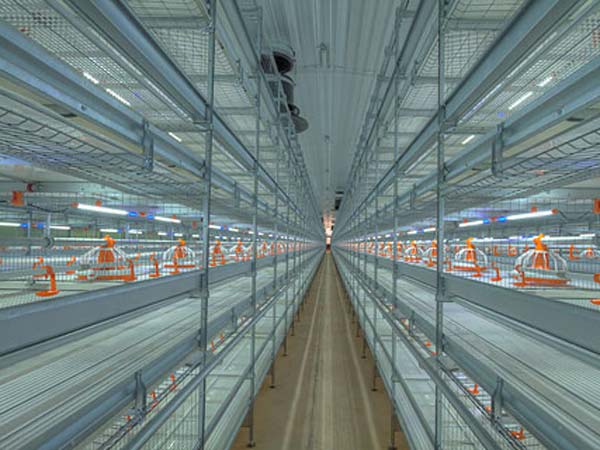How is the layout of the chicken cages easy to manage?
- Published in Chicken cages
Planning the layout of the chicken house is the first step for chicken farmers to start raising chickens. Nowadays, there are many modern automatic chicken raising equipment for chicken raising, so it is very important to plan the chicken house properly.
First, the roads of the chicken farm are divided into clean roads and dirty roads. The clean road is a channel for conveying feed, chickens and eggs. The dirty road is the way to transport chicken manure, sick and dead chickens. Doing so can prevent pollution and the spread of diseases.

Second, control the intervals between chicken houses. Coop spacing is an important condition for chicken flocks to prevent epidemics. The foul air is exhausted from the chicken house through the ventilation system. If the chicken coops are close together, it will cause the spread of disease. Farmers cannot just pursue the number of breeding. The management level and the cultivation of epidemic prevention capabilities are equally important.
Third. Pay attention to the orientation of the chicken house. The chicken coop needs to be oriented to facilitate lighting, so that the chicken coop can be better insulated and ventilated.
Fourth, the layout of the chicken coop should be based on the topography and topography of the site. Generally, chicken cages are arranged horizontally and vertically. If the chicken house is inconsistent due to the terrain, local climate conditions, and the orientation of the chicken house, the chicken house can also be staggered left and right or staggered up and down, but it should be beneficial to light, ventilation, and epidemic prevention.





